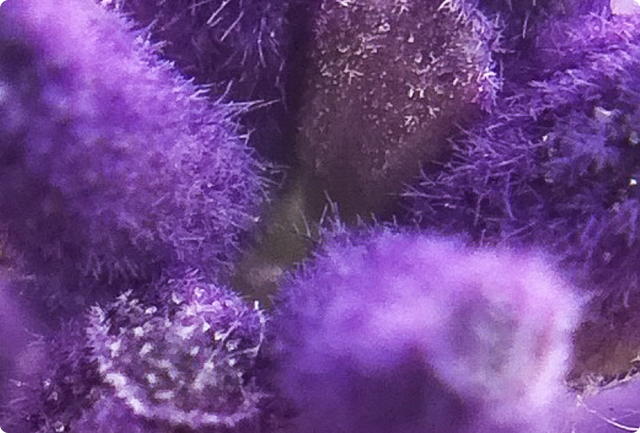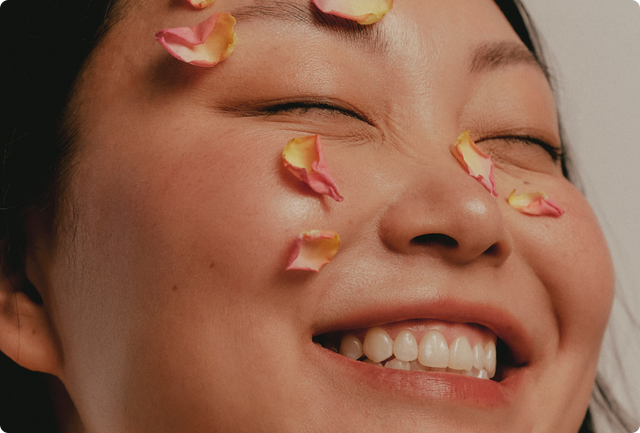About the Oil
Steam-distilled from the daisy-like flowers of Anthemis nobilis or it’s synonym Chamaemelum nobile. Roman chamomile essential oil exudes a soft, sweet, and apple-like aroma that has long been associated with calm, comfort, and emotional ease. Its gentle nature makes it a favorite in soothing blends for stress relief, skin support, and digestive harmony.
Roman chamomile is especially rich in esters such as isobutyl angelate and methylamyl angelate—compounds that are known for their anti-inflammatory, antispasmodic, and calming effects on both the mind and body.
Why You Would Use Roman Chamomile Essential Oil
To promote relaxation and emotional well-being
- As a calming aid for digestive upset or cramping
- To soothe irritated or inflamed skin conditions
- For natural support in sleep and anxiety management
- To gently relieve pain, particularly menstrual and muscular tension
Clinical Findings
| Study | Participants & Methods | Key Results | Reference |
|
Antispasmodic and Digestive Support |
Review of Chamaemelumnobile phytochemistry and pharmacology |
Chamomile's flavonoids and esters showed smooth muscle relaxation and GI motility regulation |
Miraj & Kiani, 2016 |
|
Anti-inflammatory and Skin-Soothing Properties |
Literature synthesis of Roman chamomile topical and systemic use |
Demonstrated anti-inflammatory effects on dermatitis, wounds, and eczema |
Srivastava et al.,2010 |
|
Sleep Quality & Pruritus Reduction |
54 elderly long-term care patients receiving aroma massage (including Roman chamomile) |
Significant improvement in pruritus, skin pH, and hydration; no significant sleep difference |
Roh & Kim, 2013 |
Behind The Science
Roman chamomile essential oil exerts its biological activity primarily through terpenoids and esters, notably isobutyl angelate, which have shown muscle-relaxing and anti-inflammatory properties. In vitro and clinical literature demonstrates its action on cyclooxygenase inhibition, reducing prostaglandin synthesis—a mechanism linked to inflammation and pain.
Its calming action is thought to derive from modulation of GABAergic neurotransmission, contributing to reduced anxiety and enhanced relaxation. Topical application has also shown dermatological benefits, supporting skin healing and reduced irritation through anti-histaminic and antibacterial effects.
How and Where It Grows
Roman chamomile is native to Western Europe and thrives in sunny, well-drained soils. The oil is extracted from the flowering tops of the plant, often cultivated in England, France, and Germany. The harvesting process emphasizes care to preserve its high ester content, critical for its therapeutic aroma and gentle effects.
Use in Ancient Medicine
Chamomile has a long history in folk medicine dating back to ancient Egypt, Rome, and Greece. Roman soldiers reportedly used chamomile to calm nerves and ease digestive discomfort, while traditional European herbalists employed it for fevers, wounds, andchildren's ailments. Its longstanding reputation as a "plant doctor" reflects its balancing and harmonizing energy in both physical and emotional realms.
Symbolism
Roman chamomile symbolizes patience, tranquility, and motherly care. Its scent offers comfort and refuge, often evoking safety, peace, and healing. Used in rituals to restore emotional balance and ease transition, chamomile embodies the archetype of gentle strength and nurturing.
INFORMATION provided is intended for informational purposes only and is not meant to diagnose, treat, cure, or prevent any disease. Statements have not been evaluated by Health Canada or the FDA. Please consult a qualified healthcare provider before using essential oils for therapeutic purposes.
References
- Miraj, S., & Kiani, S. (2016). A review study of therapeutic effects of Roman chamomile. Der Pharmacia Lettre, 8(1), 137–140.
- Srivastava, J. K., Shankar, E., & Gupta, S. (2010). Chamomile: A herbal medicine of the past with a bright future. Molecular Medicine Reports, 3(6), 895–901.
- Roh, S. Y., & Kim, K. H. (2013). Effects of aroma massage on pruritus, skin pH, skin hydration and sleep in elders in long-term care hospitals. Journal of Korean Academy of Nursing, 43(6), 726–735.
- Miraj, S., & Alesaeidi, S. (2016). A systematic review study of therapeutic effects of Matricaria recuitta chamomile (chamomile). Electronic physician, 8(9), 3024–3031. https://doi.org/10.19082/3024
- Bail, Stefanie & Buchbauer, Gerhard & Jirovetz, Leopold & Denkova, Zapryana & Slavchev, Aleksandar & Stoyanova, Albena & Schmidt, Erich & Geissler, Margit.(2009). Antimicrobial Activities of Roman Chamomile Oil From France and Its Main Compounds. Journal of Essential Oil Research - J ESSENT OIL RES. 21. 283-286.10.1080/10412905.2009.9700171.








